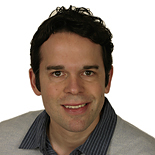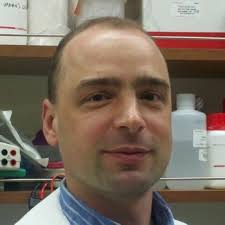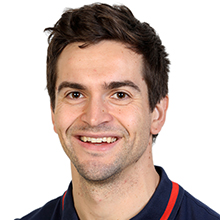
Korbel Group
EMBL
Creating synergies between EMBL and Stanford’s research communities
Every human is composed of billions of cells. Traditionally, the genome of every single-cell in an individual has been assumed to be identical. However, recent studies have revealed that starting soon after egg fertilization, individual cells can accumulate mutations in their DNA sequences. These acquired genetic changes are usually referred to as somatic mosaicisms (SM). Somatically acquired mutations are responsible for most cancers and increasing lines of evidence support their relevance in age-related diseases such as heart disease or diabetes. The emergence of high-throughput sequencing has enabled the study of SM. Yet, structural variants (SVs) such as deletions, insertions and inversions have been challenging to identify, and thus understudied in the context of SM. Given that SVs represent the most frequent type of cancer causing mutation, mosaic SVs are likely to constitute a major SM source and contribute to the etiology of aging-related diseases.
This project will allow the Urban (Stanford) and Korbel (EMBL) laboratories to join forces to develop a powerful methodological framework to map and functionally characterize mosaic SVs. This approach will combine the latest sequencing technologies, including single-cell multiomics and bulk DNA sequencing, with machine learning. Once ready, it will be used to generate a catalogue of mosaic SVs in normal skin. This catalogue will serve to investigate the impact and clonal evolution of mosaic SVs in skin tissue architecture and relate their rates with donor age, ethnicity and clinical history. This will provide an unprecedented view of the impact mosaic SVs have in healthy skin and will pave the way toward systematic studies of somatic SV mosaicism across human tissues.
This project is supported by a Bridging Excellence Fellowship, awarded to Bernardo Rodriguez Martin.
Interested in finding out more about working at the interface of metabolism and organelle biology? Get in touch, we would love to hear from you!

EMBL

Stanford


Bridging Excellence Fellow